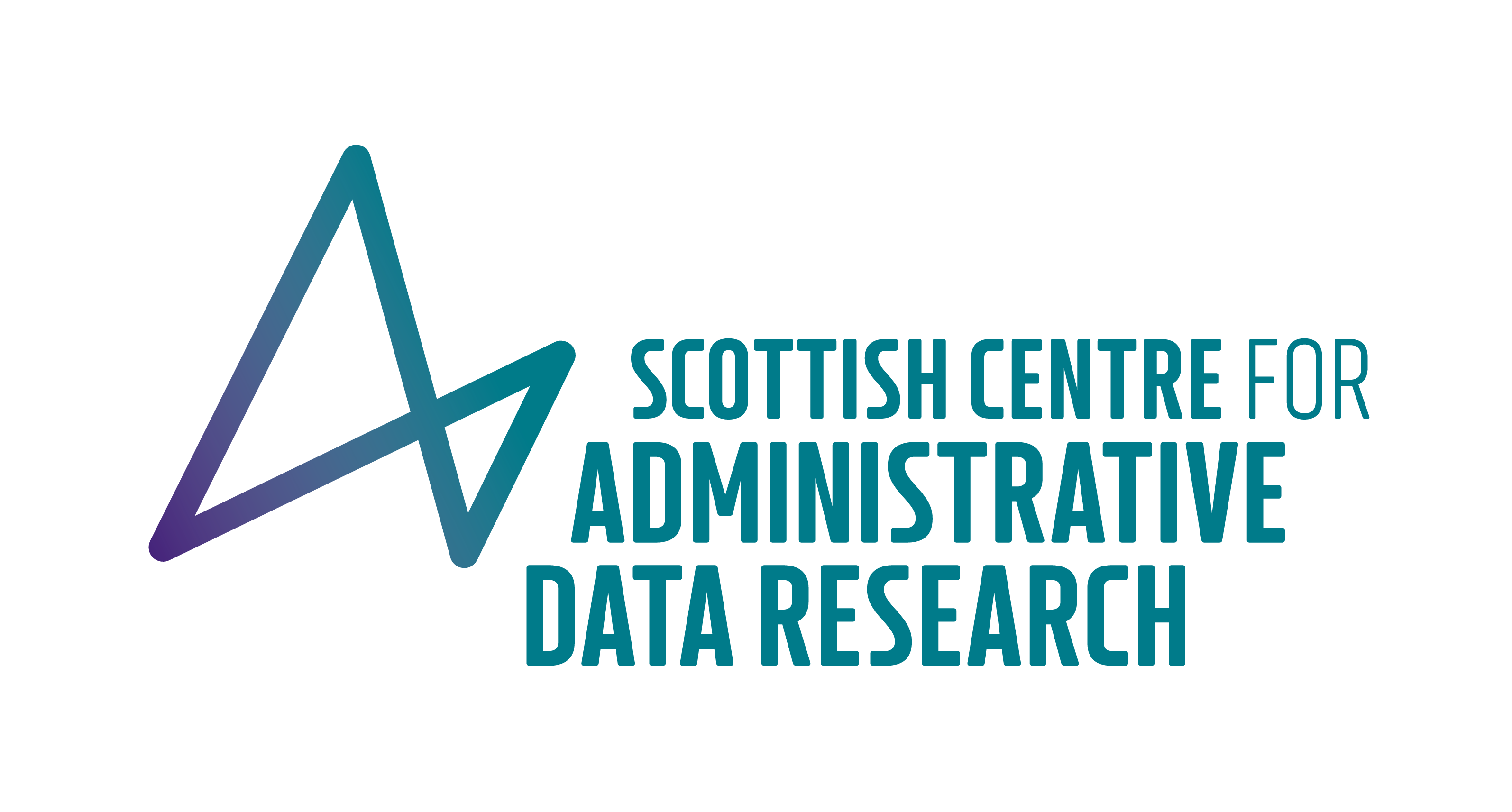BLOG SERIES - Dramatic increase in deaths at home - No.8
This month we’ll be looking at the relative proportions of places of death over the years and how these differed between each of the fourteen NHS Scotland Health Boards.
Unlike our previous blogs, this time we’ve used interactive graphs, which you can access by using the embedded version below or clicking here: Plotly Proportion of Deaths by Place. They show a separate graph for each of the 14 NHS Scotland Health Boards, as well as highlighting each place or location of death, which are marked by one of four different colours:
- Hospitals = Navy
- Home & other non-institutions = Pink
- Care homes = Orange
- Other = Yellow
By clicking on each place or location of death in the graph header, it will add the different coloured lines to the graph, so you can view the statistics for each place of death within that region. By hovering your mouse on the lines for a region, the user can compare the percentages for each place of death within each NHS Scotland Health Board. The user can also compare the results of two Health Boards.
Scotland's deaths at home
In Scotland, deaths 'at home' currently represent a higher proportion of deaths than they did prior to the pandemic and their proportion has increased both from 2019 to 2020 and from 2020 to today. Conversely, the proportion of 'hospital' deaths decreased between 2019 and 2020, and then increased again a small amount in 2021, though to a level below its lowest in 2015. The proportion of 'care home' deaths increased by a small amount in 2020 and has increased in 2021. Note that because these are proportions of all deaths in a year, the large increase in 'care home' deaths that happened early in the pandemic in 2020 only shows as a modest increase in the proportion of 'care home' deaths.
Focusing on regional NHS Health Boards
There was a lot of variation between the 14 individual Scottish Health Boards. The general trend of gradually increasing the share of 'home' deaths and declining 'hospital' deaths holds across all regions, but there are a lot of differences in how high or low the shares were to begin with. Deaths at 'home' are higher than in 'care homes' almost everywhere except NHS Lothian.
Lothian 'care home' deaths outnumbered 'home' deaths until the pandemic in 2020. It’s only in 2021 that Lothian 'care home' deaths decreased sharply and we see a relatively large difference between 'care home' (20.7%) and 'home' deaths (31.9%).
Another interesting comparison is between NHS Highland and the Scottish Borders:
- NHS Highland had a high proportion of 'home' deaths (30%) in 2015 compared to the other Boards, and a low proportion of 'hospital' deaths (48.2%);
- NHS Borders had the opposite – high 'hospital' deaths (58.7%) and low 'home' deaths (23.4%), relative to the other regions;
- In Highland, 'home' deaths increased from 30% in 2015 to nearly 37% in 2021;
- In the Borders in 2015, 'home' deaths were 23% and increased to just under 30% in 2021 (at the level of the Highlands in 2015);
- Conversely, the proportion of 'hospital' deaths in Borders in 2021 at 47% was just under the 48% of 'hospital' deaths in Highlands in 2015.
Despite these differences, the 'home' deaths trendline is remarkably similar between them: a gradual increase in 'home' deaths between 2015-2019, with a big pandemic-related jump between 2019 and 2020.
You will notice from the graphs that NHS Borders is the only Scottish Health Board with a significant proportion of deaths happening in the 'Other' location category (shown in yellow). 'Other' locations normally include schools, prisons, and other institutions. In all other Health Board regions, deaths in 'Other' locations represent less than 1% of all deaths in a year. I am currently looking into why the Borders range between 2.1% and 11.4% , and what 'other' institutions located in the Borders might be included in that figure? As a non-native Scot who lives outwith the Scottish Borders, I would very much welcome suggestions and answers – and will write a blog on this topic in future!
Also, please note that for the Island Health Boards, the lines vary considerably more from year to year than in the other Boards. This is because the actual number of deaths is much smaller there than in the bigger Health Boards and so even a small increase or decrease in numbers shifts the proportion to a large degree. The share of home deaths in Western Isles, Shetland, & Orkney, have increased from 2015.
This article was published on 17 Nov 2021





